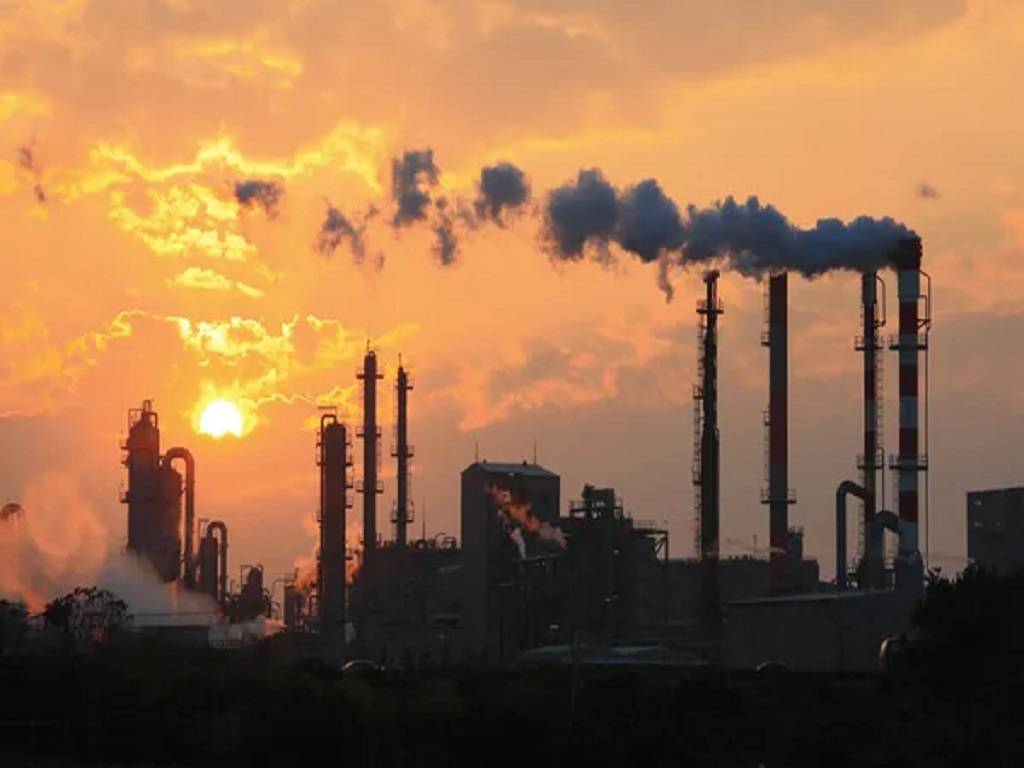
The 21st century is a technological blessing to mankind but has come with an unforgivable price which leaves no room for future generations to flourish. Humans have been unkind to nature for the longest time which has resulted in the rapid depletion of resources for the future of mankind. Unless the aggravated human practices which harm nature are checked with no remorse, the dangers that prevail over mankind cannot tarnish.
It is important to understand the role of the individual as well as community in doing the minimum to protect and sustain a healthy livelihood for all living things on Earth. Organizations like the UN, WHO, Greenpeace, WWF have been consistently working to promote the importance of understanding the Climate Change and advocating sustainable methods of living to prevent more environmental degradation which is of a major concern in the face of humanity.
Some Pertinent Facts to Focus on:
0.9 kg of plastic emitted by per person in India
According to Our World in Data, 0.9 kg of plastic emission goes into the ocean. Once the plastic is released into the ocean, it is at the higher risk of being carried along ocean beds and affecting marine life’s ecosystem. Micro Plastics are of a greater concern for scientists as a maximum of 14 billion tons of it are found in the oceans alone.
2° Rise in temperature to disrupt crop cycles
The rise in temperature up to 2° due to global warming will result in erratic seasons causing great damage to agriculture and forestry, impacting the entire socio-economic dynamics of the country. India comes under one of the three regions commissioned by the World Bank Group to be studied as areas going through effects of Climate Change and tracing the impacts on agriculture, water resources and coastal ecosystems.
8 out of 10 Children have Poor Lung Capacity in the Capital
Due to stubble burning, around North India, Delhi is exposed to harmful smog getting condensed over the city resulting in severe lung problems, especially for children and young adults. A study conducted by Hazard Centre, Delhi found that eight out of ten children have mild to severe lung problems.
O3 Causing Loss of Yield up to 12%
Apart from Natural Hazards Crop yield is most affected by Greenhouse emissions. Stockholm Environment Institute recorded that O3 is one of the most vicious air pollutants which hinders and slows crop production. Productivity of most staple crops, such as wheat, maize, rice, and soybean is hindered; crop losses are reported to be between 5% to 12% due to O3 emission.
Almost Half of World’s Coral Ecosystem is Destroyed Since 1950s
Known as the ‘Rainforests of the Sea’, Coral Reefs serve as an important ecosystem for marine life as well as life on land. Researchers at One Earth found that over half of the World’s Coral Ecosystem has been destroyed since the 1950s due to pollution.
















